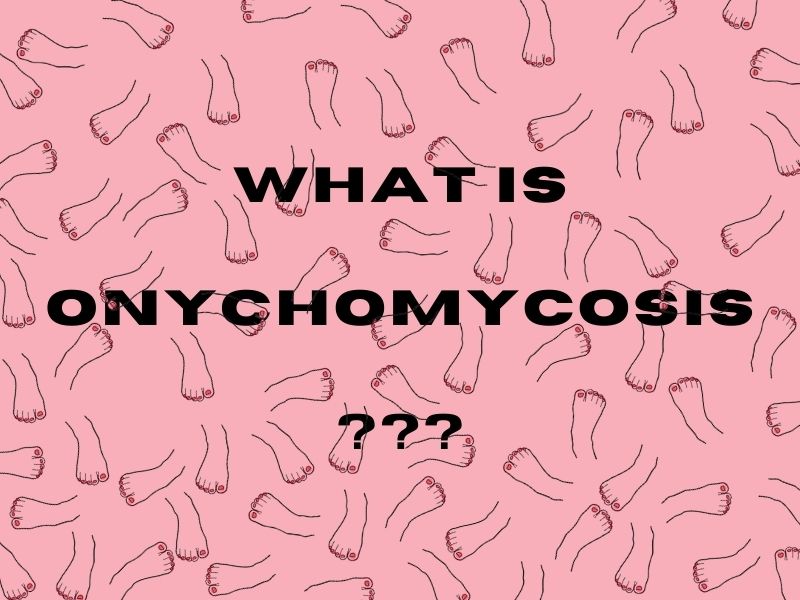Fungal nail infections are caused by dermatophytes, yeasts, and non dermatophyte molds. These three classes of fungi can enter through small cracks in the nail or through the surrounding skin. Dermatophytes are by far the most common, accounting for 90% of all onychomycosis cases. More specifically, the dermatophytic fungi known as Trichophyton Rubrum and Trichophyton Interdigitale are responsible for 70% and 20% of cases, respectively. Dermatophytes spread by both direct and indirect contact, namely from people, animals, soil, and fomites. When it comes to non dermatophyte molds, Scytalidium, Scopulariopsis, and Aspergillus are the mold generations that most often lead to nail fungus.
Onychomycosis affects individuals of both genders and all ages, though males and older adults are more likely than females and children to be diagnosed with this fungal nail infection. In addition, people with diabetes, weakened immune systems, preexisting nail dystrophy, athlete’s foot, exposure to others with tinea pedis or onychomycosis, peripheral vascular disease, and blood circulation problems are more likely to develop fungal nail infections. Other risk factors include moist environments, restricted ventilation, and walking barefoot in public places such as fitness centers, swimming pools, and shower rooms. In total, it is estimated that approximately 10% of the adult US population has onychomycosis.
There are four main types of onychomycosis, namely distal subungual onychomycosis, proximal subungual onychomycosis, white superficial onychomycosis, and total dystrophic onychomycosis. The difference between each of these types boils down to which nail sites are affected and which route the fungus takes to invade the body. Distal subungual onychomycosis is the most common form, while total dystrophic onychomycosis is the most severe type. White proximal subungual onychomycosis is more often seen in individuals with weakened immune systems, particularly those who are HIV positive. Candidal onychomycosis has a separate classification since the characteristics of yeast-causing onychomycosis differ from those of dermatophytic onychomycosis. Candidal onychomycosis is a painful disease that affects fingernails more often than toenails and usually begins in the structures surrounding the nail, rather than in the nail itself.
Onychomycosis is usually diagnosed by examining the nails and taking clippings or debris from the nails. A sample is then sent to a lab where they can identify which fungus is causing the infection. Treatment for onychomycosis depends on how severe the condition is and what type of fungus is causing it. Medications include oral antifungal drugs, medicated nail polish, and medicated nail cream. Oral and topical therapies such as these can be taken separately or combined, depending on the situation. If the condition does not improve with medications, surgery may be required to temporarily or permanently remove the nail.

